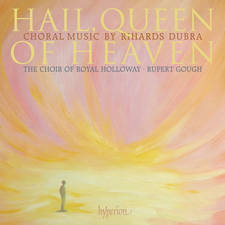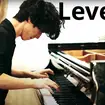Scientists reveal pecking order of musicians
29 January 2014, 11:50
Think the first violin is the leader of the string quartet? It's not always the case, according to a new study from the Universities of Birmingham, Münster and the Royal Academy of Music published today in the Royal Society Journal, Interface.
Musicians from two string quartets were asked to play 48 beats of music by Haydn, with microphones measuring any tiny differences in timing between the performers. If a player tried to correct the time difference by catching up or waiting, they were a follower, whereas musicians who let others adjust to their playing were seen as leaders.
After analysing the timing adjustments made, the scientists uncovered the hidden hierarchy between musicians. While the first violin was the obvious leader in one of the groups, the other quartet was more democratic, with no clear leader and each player adjusting to the others.
Adrian Bradbury, co-author of the study, from the Royal Academy of Music, said: "Live interaction between musicians on stage is often the most electrifying element of a performance, but remains one of the least well understood. I hope fellow musicians will agree that this method of 'X-raying' a performance to expose a group's hierarchy will prove useful to us and fascinating to our audiences."
It is not yet known whether similar hierarchies exist in other types of music. The scientists are now looking to explore whether audiences notice a difference, or prefer a specific type of performance - one that's led by a single player, or one that's more democratic in its approach.




































